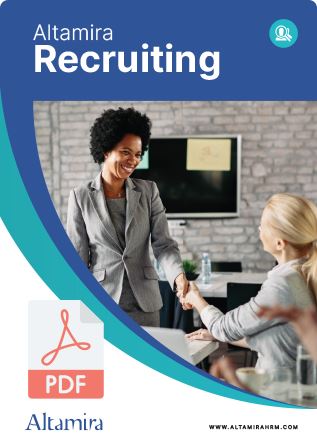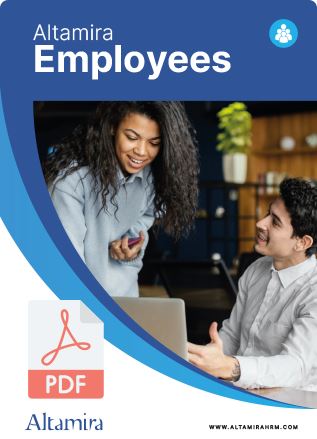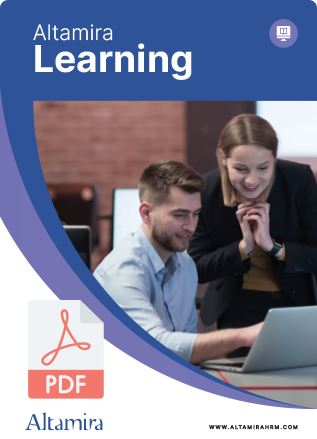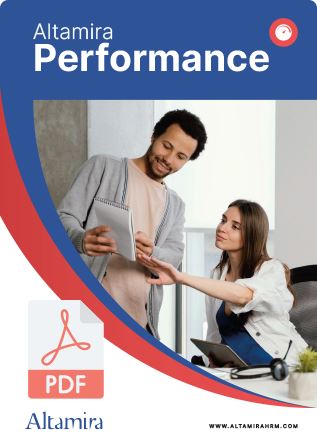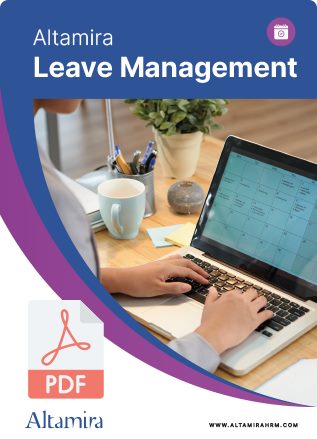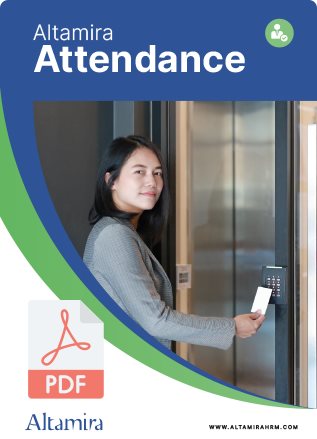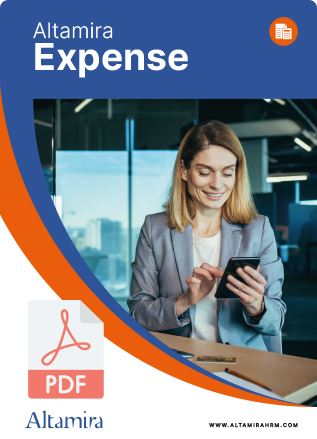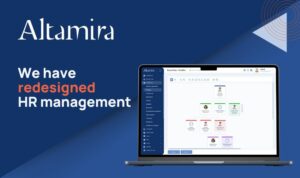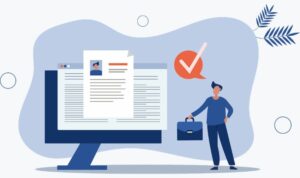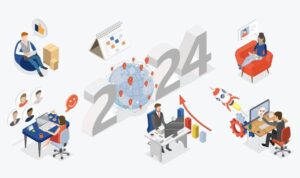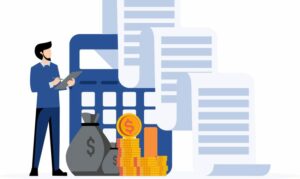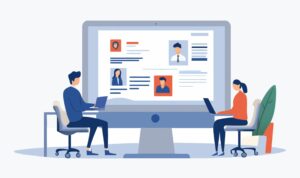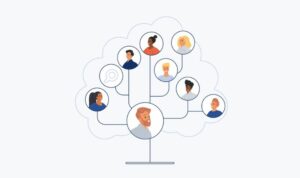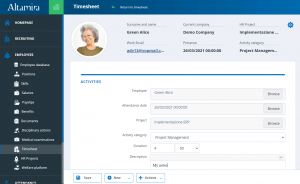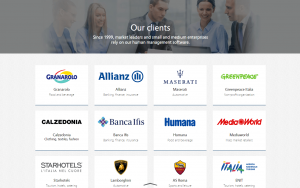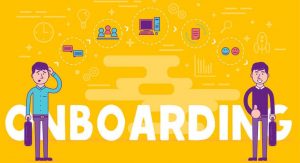The more a company grows, the more it needs to structure its human resources management activities efficiently.
To remain competitive, companies need to find valuable candidates and turn them into satisfied and motivated employees, all while continuing to develop their skills over time.
As the amount of data and documents that need processing increases, the time that management and HR can devote to each colleague is bound to become shorter and shorter. It’s only a matter of time before generic tools such as Excel sheets become inadequate, compelling even small and medium-sized companies to embrace specific HR solutions.
Here are the main software that an HR department should adopt.
Payroll Software
The numerous regulations concerning payroll and taxation, as well as the monthly need to process attendance data, make the calculation of payslips a complex operation; payroll computation requires not only the support of a dedicated HR solution but also the necessary know-how to avoid mishaps. This explains why most SMEs don’t use in-house software, choosing to outsource salary and wage administration instead. In this scenario, the company shares the employee attendance data with the consultant responsible for creating the payslips.
However, the use of internal software is not something small-scale companies should discard altogether; what is crucial is to have somebody with the right skills to run the operation smoothly and without errors.
Attendance Tracking Software
Without the support of dedicated software, attendance tracking can become a challenge even for small-scale companies, especially those with complex calendars and shifts schedules.
HR solutions can simplify this process and significantly reduce the administrative workload by automatically calculating accumulated overtime and meal vouchers, as well as corporate regulations on rebate and flexibility.
These programs, which used to be employed exclusively on-premise by the attendance officers, are now available on cloud and have become an essential technology to manage hybrid workforces.
Modern programs have adopted user-friendly interfaces and now offer self-service portals to employees, making it possible for companies to delegate not only time tracking activities but also absence management, overtime requests, and error resolution.
An essential feature of these programs is the ability to produce legible traces from the company’s or the consultant’s payroll software. Ideally, companies should strive to implement a completely automated process that monthly transfers data between the attendance and the payroll processing software. However, when the number of employees is not too high, some of these steps can be done manually.
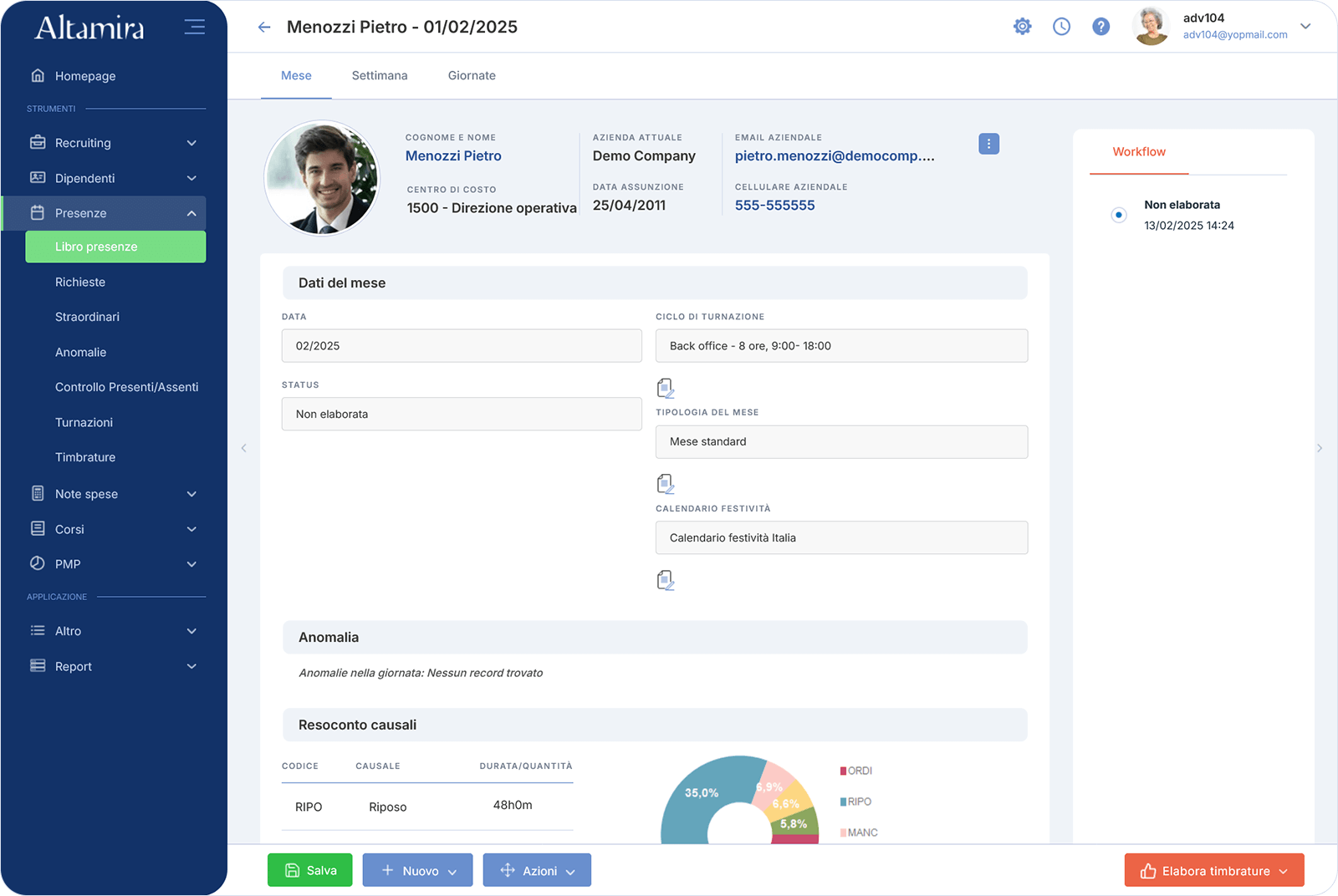
Modern time and attendance software should have a pleasant and functional interface. An example taken from Altamira Attendance.
Employee Management Software
If modern HR solutions were still simple master data collectors, many small companies would be right to settle for their own Excel spreadsheets.
The reality, however, is that these tools – while keeping affordable pricing proportional to the company’s size – now offer a multitude of essential features that are simply too good to pass on.
Here are some examples of what a solid HR system for employee management can do:
- provide a self-service portal where employees can enter and update their data and receive internal communications;
- digitalize the corporate paper archive, offering instant access to all documents from any device, according to the users’ settings and level of authorization;
- distribute payslips and pay information clearly and effectively;
- provide electronic and digital signature services;
- create and update the organizational chart;
- automate and optimize HR workflows such as the onboarding phase of new employees, benefits packages and PPE assignment, medical check-up scheduling, etc.
- track and report on the activities carried out;
- preview reports and workforce statistics.
- increase the visibility of their vacancies with multi-posting, a feature that allows recruiters to instantly share job ads on a large number of job portals and social networks;
- populate a database of proprietary candidates readily available to tap into when needed;
- speed up recruiting time and minimize the need to hire recruitment agencies, therefore reducing costs;
- improve the applicants’ experience with easy to navigate career sites, lean application forms, and continuous feedback during the recruitment process.
- fewer manual data entry and more accurate information;
- automated management of certifications’ expiry dates;
- planning of targeted training courses to strengthen the necessary skills for each role;
- increased transparency and employee engagement;
- ability to track KPIs to determine the most attended courses and collect feedback on the instructors;
- entrust part of the administrative workload (attendance tracking, distribution of teaching material, exams, etc.) to the instructors.
- a digital approval process with a notification feature to shorten approval times and prevent oversights;
- an automated overview of the remaining vacation days to help employees plan their leave correctly;
- a shared calendar that makes it easier for the team to organize schedules;
- absenteeism reports and statistics.
Applicant Tracking System (Recruiting Software)
Recruiting software used to be the prerogative of large companies, as their considerable price could only be justified by a large volume of job searches per year.
Today, however, many developers offer a light version of their ATS (Applicant Tracking System) specifically designed for companies with simpler needs and limited budgets. Today, it only takes a couple of hires per year to motivate the purchase and take full advantage of these tools.
With these solutions, even small companies can:
Finding and hiring the right talents is crucial for a SMEs, as each employee has the potential to make an impact on the entire company. That’s why all startups and small and medium-sized enterprises that want to grow and establish themselves in international markets should be equipped with a solid recruiting solution.
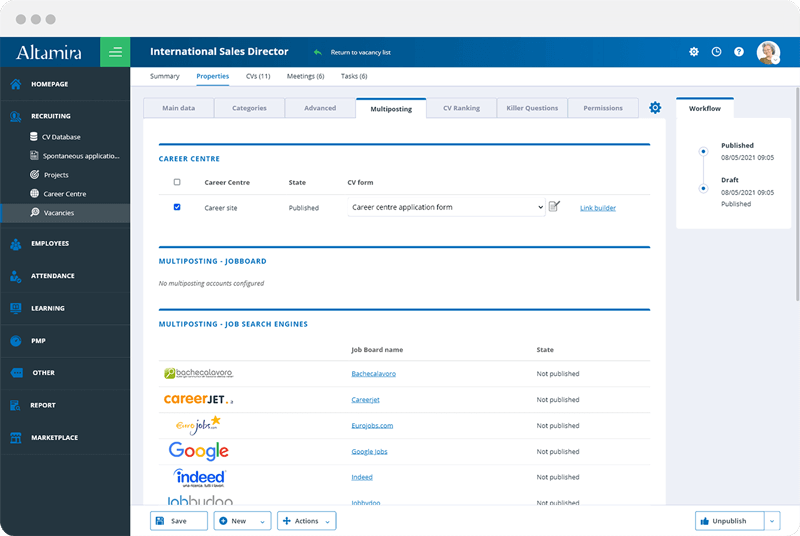
One of the most relevant features for SMEs is the multiposting system, which increases the chances of receiving applications for their vacancies. Here is Altamira Recruiting‘s.
HR Training Solutions
In most companies, training is one of the least digitized areas. This is partly due to the generally low budget set aside for employee training, as well as to the common belief that a few Excel sheets are all it takes to keep a training plan together.
However, upskilling and reskilling have become such priorities that even SMEs have now been forced to take action.
The first step toward a more effective training plan management is to adopt a Learning Management System (LMS). This solution immediately offers several advantages:
In conclusion, all companies investing in training should have a dedicated solution, regardless of their size.
Employee Evaluation Systems
Employee evaluation is no longer a prerogative of large corporations. A digital system for MBO, in particular, should be adopted by any company that works toward objectives, making it easier for the enterprise to empower employees and reward merit.
Since 2020, the need to collaborate remotely has drastically increased the implementation of these tools. The company’s size is not an issue at play here; even SMEs with less than ten employees but with an agile structure (no physical location and remote collaboration) can choose this system over a traditional time tracking solution.
Skills assessment is also a vital task for SMEs, which heavily rely on their employee’s skills and talent to remain competitive.
Digital solutions for performance management can make evaluation processes interactive and smooth, increasing the rate of adoption and employee engagement. They also provide a precise picture of the performance and skills the company has fostered.
Vacation and Leave Management Software
At first glance, vacation management might seem like an activity that doesn’t require a dedicated software. However, if you look at your own procedures, you may realize the amount of time actually spent on the task and the level of dissatisfaction it can generate when not managed efficiently.
An HR solution for absence management can provide companies with:
The time saved and the greater efficiency of these solutions amply repay the initial investment.
Smaller companies with straightforward working schedules may even choose to do without an attendance tracking tool and only purchase a vacation and leave management software, as the reports generated by those programs allow labor consultants to calculate employee attendance by default.
Expense Management Software
Although the number of business trips has steadily decreased over the past couple of years, expense management tools have remained one of the most requested administrative software on the market.
When business traveling is frequent, even small companies can benefit from a more efficient system.
The options available range from sophisticated, specifically designed software to simpler modules integrated into other HR tools, especially employee and vacation management software. These are less advanced options, but their integration within larger management systems offers numerous advantages.

